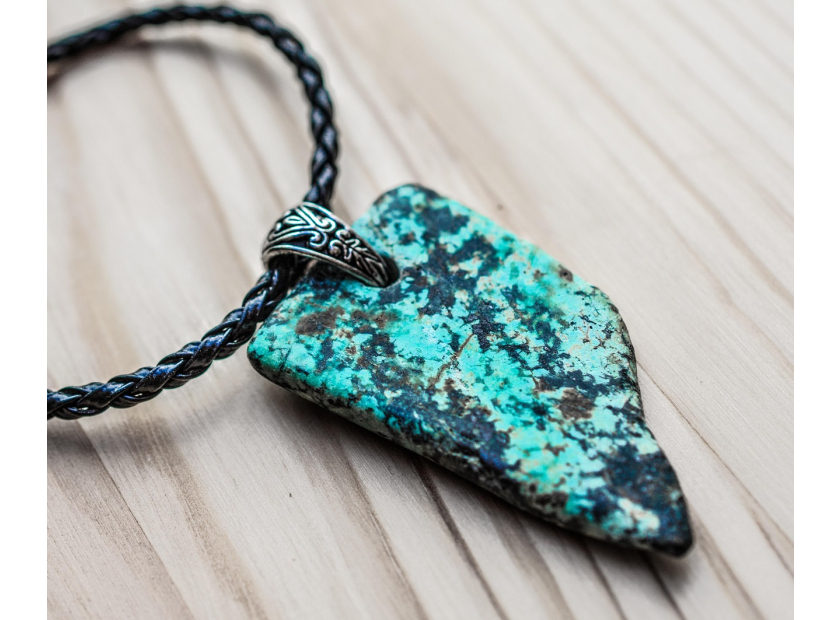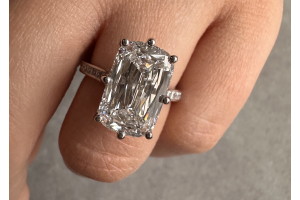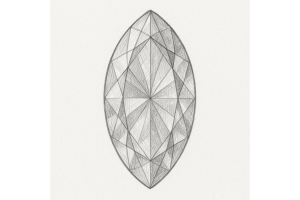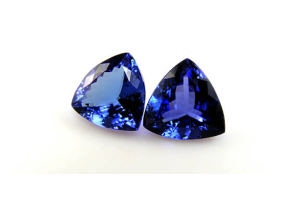USD
/
USD
/
Shipping to:
Currency:
What Is the Meaning Behind Birthstones? Discover Symbolism, History & Cultural Significance
Birthstones have long fascinated us, serving as personal emblems and meaningful pieces of jewelry.
But what exactly is the story behind these colorful gems linked to our birth months?
Let’s explore the origins, symbolism, and continued relevance of birthstones.
Understanding Birthstones
A birthstone is a gemstone associated with a specific month, believed to bring luck, protection, or emotional balance to those born during that time.
This idea has been around for centuries and has evolved across various cultures and belief systems.
A Glimpse into History
The tradition of birthstones is often linked to the biblical "Breastplate of Aaron," which featured twelve gemstones representing the twelve tribes of Israel.
Over time, those stones became connected to the twelve months of the year and even to zodiac signs.
By the 18th century, it became common practice to wear a gemstone that corresponded with your birth month.
Traditional vs. Modern Birthstones
Birthstone lists have changed over time. In 1912, the American National Retail Jewelers Association created a standardized list to help unify choices.
While traditional stones were often selected for spiritual or astrological reasons, modern updates have considered gemstone availability and durability.
For example, bloodstone was originally associated with March but has largely been replaced by aquamarine today.
Symbolic Meanings of Each Birthstone
Every birthstone carries a special meaning:
- January – Garnet: Protection, safe travels
- February – Amethyst: Calm, clarity, peace of mind
- March – Aquamarine: Courage, tranquility
- April – Diamond: Strength, eternal love
- May – Emerald: Wisdom, renewal
- June – Pearl: Purity, balance
- July – Ruby: Passion, vitality
- August – Peridot: Healing, prosperity
- September – Sapphire: Loyalty, truth
- October – Opal: Creativity, transformation
- November – Topaz: Joy, abundance
- December – Turquoise: Serenity, protection
Cultural and Spiritual Significance
Beyond beauty, birthstones are deeply rooted in culture and spirituality.
In Hinduism, the “Navaratna” or nine gems are believed to channel cosmic energy. Similarly, Western astrology often connects certain stones to planetary influences.
Some believe these gems hold healing properties, while others simply enjoy the symbolism they offer.
Choosing and Wearing Your Birthstone
Choosing your birthstone can be a personal journey. Many people wear the stone linked to their birth month, while others pick one that resonates with their personality or style.
Birthstones are commonly worn as rings, necklaces, bracelets, or earrings.
If you’re looking for something timeless and personal, check out gemstone engagement rings for a stunning selection of styles.
Birthstones: More Than Just a Trend?
While the jewelry industry has certainly embraced birthstones for their appeal, these gems have stood the test of time across cultures and centuries.
They connect us to history, identity, and even nature.
To better understand your options, read this helpful guide on lab-grown diamonds vs gemstones.
Exploring Alternative Birthstones
Besides the standard monthly assignments, alternative systems exist based on zodiac signs, weekdays, and even times of day.
For example, Leo might associate with onyx instead of peridot. Exploring these variations allows for even deeper personalization.
You might enjoy browsing through non-traditional engagement rings that showcase unique gemstone choices.
Frequently Asked Questions
What is the origin of birthstones?
The birthstone tradition traces back to the Breastplate of Aaron in the Bible, which featured twelve stones representing Israel's tribes. Over time, these came to symbolize months and astrological signs.
Do birthstones have healing powers?
Many cultures believe birthstones have healing or protective properties. While these claims are spiritual rather than scientific, they add personal meaning for many wearers.
Can I wear a birthstone not linked to my birth month?
Definitely. You don’t have to stick with the gemstone assigned to your birth month. Choose whatever gem speaks to your energy, aesthetic, or emotional needs.








